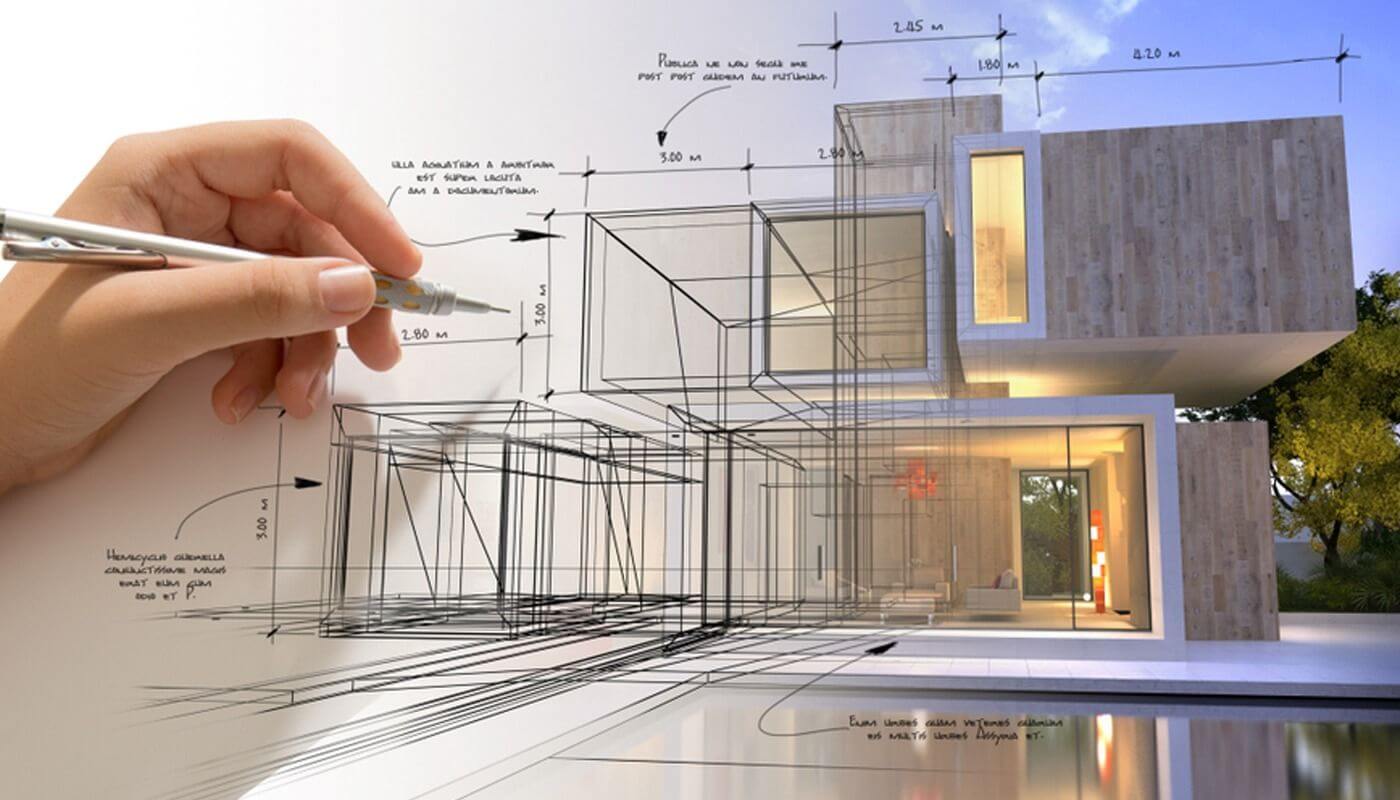Architecture Designs
Architecture design is really a scientific and artistic idea of building structures and understanding various building materials and forms. Usually the architect works in coordination using the internal and exterior atmosphere from the structure, however when designs not in favor of human tastes and cultural preferences it makes sense disastrous. A good example of this would be the drab and indistinguishable metropolitan areas lined with uniform box structures – for example identical houses, office complexes and increases.
Design in architectural language means the price tag of plan of creating, the elevation, section, figure, proportion, ground, scale, ratio to exterior unit measure and grids. Despite the fact that we regard architecture being an talent, a vital principal in architectural design is really a keen mathematical and analytical knowledge of forms. Without mathematical hypothesis to steer us, we’d have skewed designs and patterns.
Starting with Romanesque architecture, design was defined in strong, simple, massive forms graduating in to the ribs and piers from the eleventh century and to the perfect type of 13th-century Medieval architecture. With every century the concepts and fashions altered, varying from Baroque (17th century), Georgian (1700s), Classical and Medieval revival (1800s) to expressions of technology and modernistic art (twentieth century), giving credence to Victor Hugo’s prediction of disaster that ‘the word will kill stone’.
The reason behind these strong words was that prior to the recognition of visual media it had been art and architecture that gave expression to the creative sensibilities. A brief history of the city or country might be gleamed in the structures and structures. With The Second World War the floor rules appeared to be controlled by all pervading media, mobility and economic wealth, causing us to be witness architecture designs varying from burlesque to grandiose to simply plain simple. The ecological degradation of natural sources switched our focus to eco-sensitive or sustainable designs even while architects switched towards eco-friendly material. Architecture designs grew to become situation-sensitive – attractive to nature like a metaphor for metropolitan areas, structures or residential complexes.


Comments are closed.